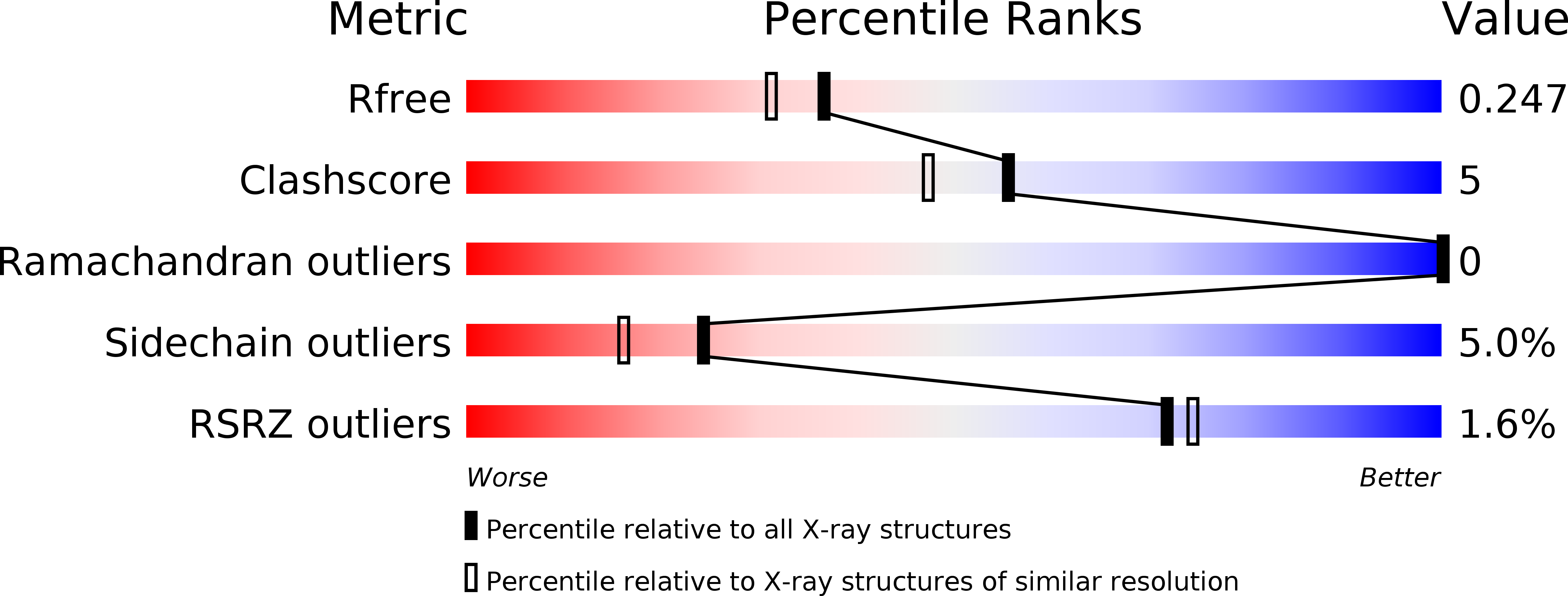
Deposition Date
2014-11-18
Release Date
2015-11-11
Last Version Date
2023-09-27
Entry Detail
PDB ID:
4WZ6
Keywords:
Title:
Human CFTR aa389-678 (NBD1), deltaF508 with three solubilizing mutations, bound ATP
Biological Source:
Source Organism:
Homo sapiens (Taxon ID: 9606)
Host Organism:
Method Details:
Experimental Method:
Resolution:
2.05 Å
R-Value Free:
0.23
R-Value Work:
0.19
R-Value Observed:
0.19
Space Group:
P 43 21 2


